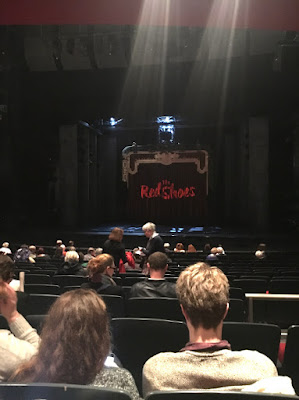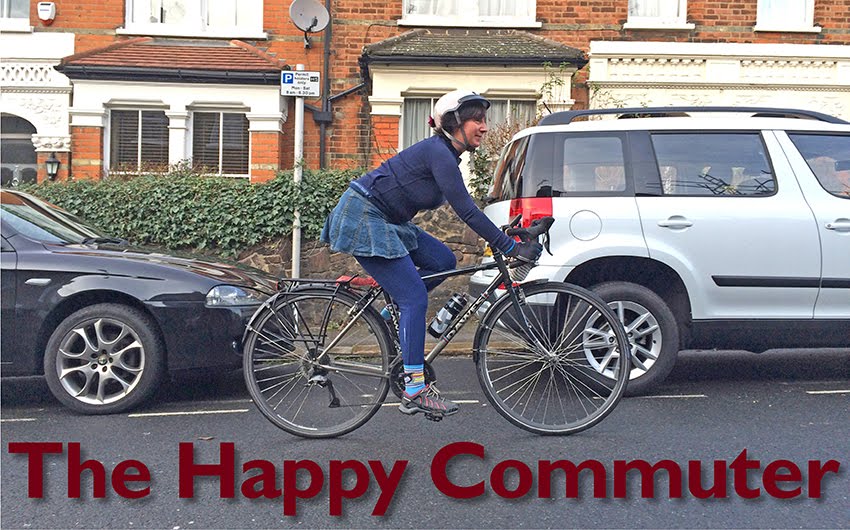As my recovery continues – slowly! – I’ve decided it’s time to start putting in place some goals to work towards
I’M quite goal orientated. I like to-do lists and deadlines. I think it’s because my brain is always so busy that the only way to ensure anything gets done is put it in writing. Also it’s so satisfying to put a little tick next to a task that I’ve completed.
I’d like to set some goals for my recovery, but this has been impossible as it’s so hard to predict the speed of that recovery. For example, I had no idea I’d be off work for as long as I have been. But since having physio on 17 January I’m seeing improvements in my mobility almost on a daily basis. Admittedly these are incredibly small, but they’re improvements none the less. So I’m feeling a little bit more confident about setting myself if not hard and fast goals at least some things to aim for.
Inevitably most of these will be physical, but I’m going to include some entertainment too, if only so that I’ve got things to looks forward to. Some will have dates attached to them. These might have to be revised or simply missed, but I’ll just have to be open minded about it. I’ve added all the dates to my Google Calendar so I can keep referring to them. This is meant to inspirational and encouraging, so I’m not going to get downhearted if I miss any dates. They’re more guidelines than rules.
Back to work
This is the biggie; the sign that things really are progressing. At the moment I’m signed off till the end of January. If I continue to recover at the same rate I think I should be able to return to work on 1 February. I might need a phased return. I’ll have a better idea towards the end of the week, when I’ll need to speak to my GP again.
I’ve got another physio appointment on 13 February and I’m waiting for an appointment to see orthopaedics, both of which will impact my being at work. The date of the ortho appointment might dictate when I return to work.
Getting back to work is important, if only for it being a huge leap forward physically. However, I am feeling rather odd about it. Being off work for this length of time has really knocked my confidence. I feel anxious about the job, about being in the office, about getting to the office, about talking with my colleagues, about whether I’m even needed back. The only way to address these fears is just to go back, but I can’t do that until I’m physically able.
 |
The Red Shoes was my first show, back in December.
I spent the whole thing in pain and had spend the
next day sleeping it off. |
Long walks
This is the next thing on the agenda. I can walk, after a fashion, and I’ve been getting around the house without crutches. But this isn’t the kind of walking I’m talking about. I’m talking about getting to the marshes, walking to Stoke Newington, trekking along the River Lea towpath. Proper walks. I can’t do these yet and it’s going to take some time.
I’m going to set a provisional date as mid-February for this.
My Garmin VivoSmart might be of use for this. For obvious reasons I’ve not worn the VivoSmart since 22 November. But putting it back on now might encourage me to get out a bit more. The more I get out, the quicker I’ll be back to proper walking strength. Obviously I won’t be aiming for 10,000 steps from the off – more like 10! – but having them counted up and displayed on my Garmin Connect account should act as an incentive for me.
Back on the bike
This is another massive milestone. It’s impossible to put a date on it. I need a lot more flexibility in my knee in order to push the pedals round; at the moment I can only just bend it to 90 degrees.
I really want to get back on my bike, but at the same time it scares me. What if if happens again? I don’t know how I’ll react when I do try to ride again. I might freeze and not be able to do it. Cycling will be a huge confidence boost, though, and it’s an important step in my recovery, both physically and psychologically. I want to do it as soon as possible, but it entirely depends on how quickly I can get full movement back. I reckon I’ll have a better idea after my next physio appointment. Maybe I should aim for my first bike ride to be in early March?
First sportive
The Cambridge Gran Fondo is on 4 June. I signed up last year long before the accident. It’s 80 miles through largely flat terrain. I would love to be able to do this. June seems like a long way off right now, but I’m not even back on the bike yet and don’t think I will be before the end of February. I might have to let this one go.
The next sportive I’m booked on is VeloBirmingham, a new 100-mile event in Birmingham. This is in September and I shouldn’t have any problems making this one. I’ll also have a new bike to show off. Whether I’ll do any others over the summer depends on how quickly I recover. It would be nice to do some shorter ones with my mum.
Back to yoga
At the moment I probably miss yoga more than I do cycling. I didn’t have a yoga accident, so there’s no fear associated with it.
Again I’ll need much more flexibility before I can even contemplate a yoga class. This is another aim that will have to wait till after my next physio appointment. It’s something I can ask the physio about, along with any advice on getting back on the bike.
I’m going to provisionally pencil this one in for the beginning of April.
I really want to get back on my bike, but at the same time it scares me. What if if happens again?
First show
This won’t actually be a first as that was back in December when I went to see
The Red Shoes at Sadler’s Wells. However, I spent most of that performance in pain and slept most of the following day. I would like this to be a pain-free show.
There are several I’d like to see.
Art at the Old Vic closes on 18 February. I suspect I’ll have to give this one a miss. At the moment I can’t sit for very long without my leg being elevated, although I could probably do a couple of hours. But it’s not just a case of sitting. I also have to get there. I’m not happy with the idea of public transport yet. The injury is still very painful and I really don’t want to risk it getting knocked about.
More realistic is
Don Juan in Soho at the Wyndham Theatre. This is on till 10 June, and quite frankly if I’m not OK with using the tube by then, there’s something seriously wrong. May might be a good month to aim for this one.
Then there’s my favourite: dance. There are loads of things on at Sadler’s Wells that I’d like to see and this venue is easy to get to by taxi. First up is
Gala Flamenco (23-25 February). There are tickets available for the matinee on 25 February. I think this is doable if I go by taxi and only take in the show. It’ll be after my second physio appointment and hopefully after the ortho appointment. I’ll (hopefully) have been back at work for a while.
But what I really want is to be back to my normal experience of going to Highbury & Islington station, preferably with my mum. We walk along Upper Street and stop somewhere for lunch. Then we head to the venue, watch the show and then walk back, stopping along the way to have a glass of wine. It’s really very pleasant. For this I’ll need to be walking properly and be fine on public transport.
For this I’m thinking of the Northern Ballet’s
Casanova. This looks amazing – beautiful, sexy and seductive. It’s on in May, which should give me plenty of time to be ready.
Exhibitions
There are two I want to see. The first is
Maps and the 20th Century at the British Library. This closes on 1 March, which means the latest I could see it is 26 February, the last Sunday in the month. I think I might have to let this one go.
More realistic is Philippe Perreno’s
Anywhen in Tate Modern’s Turbine Hall, which closes on 2 April. I love the installations in this room. I love the way the artists have risen to the challenge of using the space and the way their works interact with it. I love the fact that Tate kept the hall as it was, rather than giving in to the temptation to split it up into more easily managed galleries. This particular work is said to “challenge your perception of time and space” and it sounds fascinating.
If I plan to go over the weekend of 25-26 March this gives me a full two months from now (24 January), as well as four months since the surgery (23 November) for recovery. This should be plenty for my knee to be healed, for me to be confident on public transport and to be OK with walking quite a distance. Heck, I might even be able to cycle there!
First holiday
This is another thing that was booked long before the accident. I’m heading to Grantown-on-Spey for 5-9 April with my mum. This is to be my third attempt to see Capercaillie. By this time I’m hoping to be OK. I should be able to walk and drive and sit on aeroplane.
But again we’ll have to see and take it as it comes. If my mum has to drive, so be it. If we can’t do the walking that we’re planning, so be it. If I have to pay Easyjet extra to change seats so I can keep my leg extended, so be it. We will go on holiday and we will enjoy it. We might even see Capercaillies this time – I think I deserve some luck!
I’ve diarised these goals for the first half of this year, culminating with the Cambridge sportive on 4 June. I’m sure I’ll have to revisit and revise some of the dates, but it’ll be interesting to see how my actual recovery matches up to my plans.




